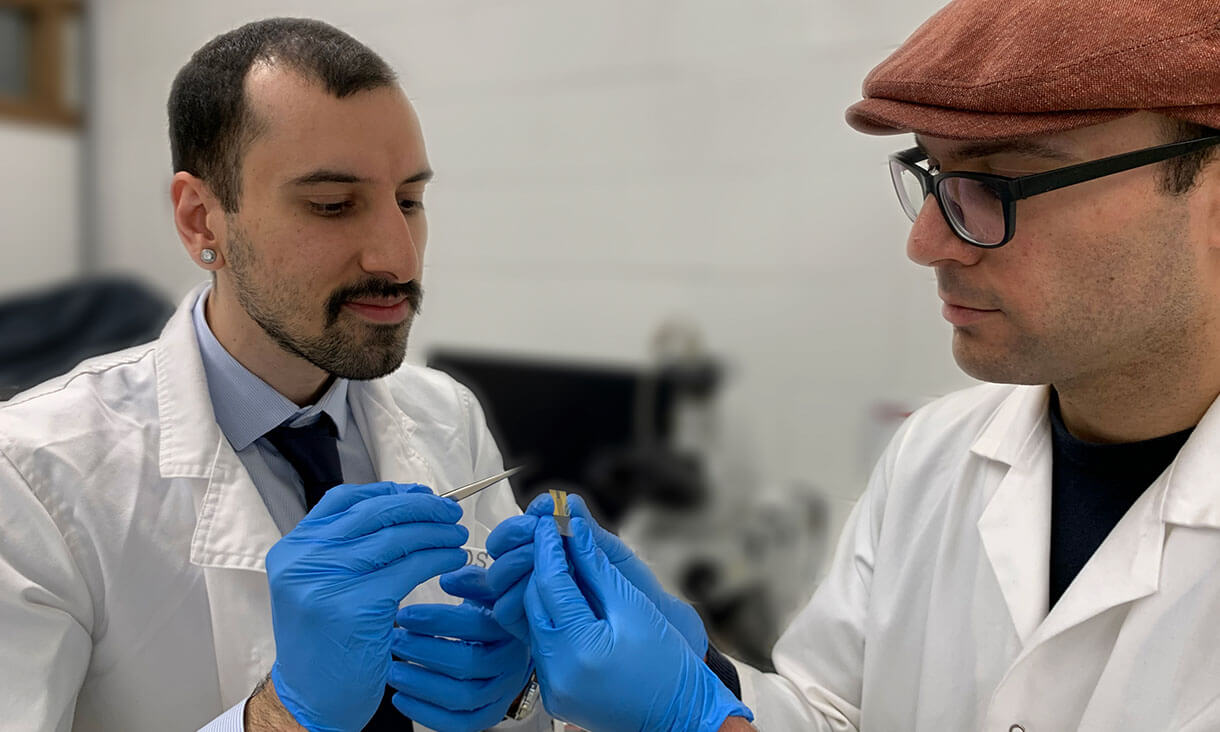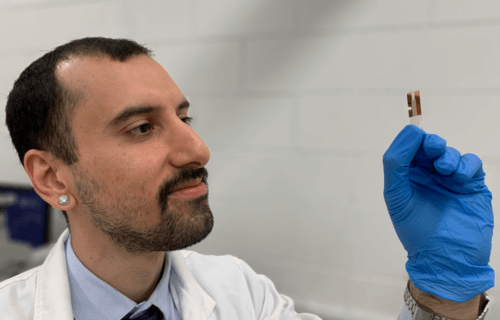MELBOURNE, Australia — It can be frustrating when your aging cellphone starts to need a charge sooner and sooner than when you first bought it. Now, however, there’s good news. Engineers from the Royal Melbourne Institute of Technology (RMIT) are working on new recyclable technology that may allow mobile phone batteries to last for nearly decade! That’s three times longer than they do now.
Currently, only around 10 percent of handheld batteries, including those for phones, are recycled in Australia, which is a pretty low figure. The rest go to landfills or people dispose of them inappropriately, which is harmful to the environment. The reason lithium is generally tossed into landfills is because its costly to recycle. However, this team’s new innovation may help with this.
The engineers have been working with a nanomaterial called MXene, a class of materials which scientists believe are better than graphene — a layer of carbon material commonly in modern electronics.

“Unlike graphene, MXenes are highly tailorable and open up a whole range of possible technological applications in the future,” says lead researcher Leslie Yeo, a Distinguished Professor of Chemical Engineering, in a university release.
However, a limitation to using Mxene material is that it rusts easily on the surface when exposed to humidity or water, making it useless.
“Surface oxide, which is rust, is difficult to remove especially on this material, which is much, much thinner than a human hair,” adds co-lead author Hossein Alijani, a PhD candidate at RMIT University.
“To overcome this challenge, we discovered that sound waves at a certain frequency remove rust from MXene, restoring it to close to its original state,” Yeo reports.
Sound waves remove rust from batteries in 60 seconds
The team’s new project could increase the longevity of Mxene batteries by up to three times — going from two to three years to nine years! The project is able to do this by removing the rust to restore electrical performance. Doing so paves the way for scientists to take applications of the technology to the next level, allowing for their use in energy storage, sensors, wireless transmission, and environmental restoration.
“Current methods used to reduce oxidation rely on the chemical coating of the material, which limits the use of the MXene in its native form. In this work, we show that exposing an oxidized MXene film to high-frequency vibrations for just a minute removes the rust on the film. This simple procedure allows its electrical and electrochemical performance to be recovered,” Alijan says.
Although this innovation is exciting, the team still has work to do on smoothly integrating the technology into existing systems. The team is also working on researching how they can use their project to remove rust from other materials as well for renewable energy and sensing applications.
The findings are published in the journal Nature Communications.

